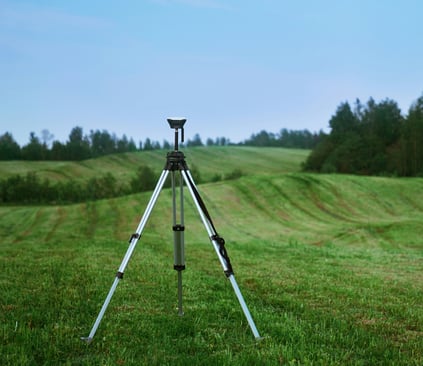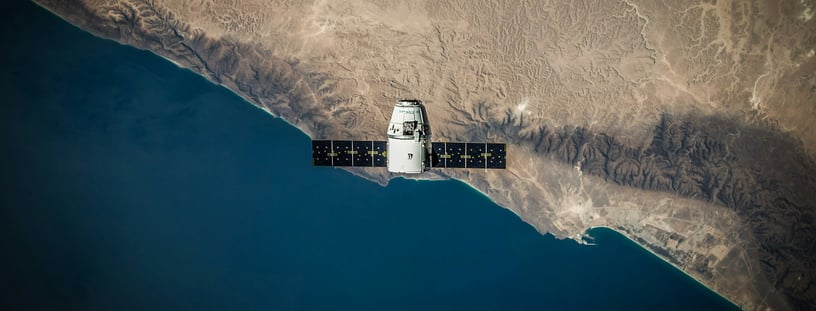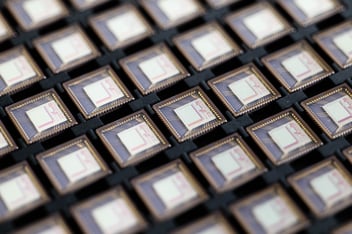The QMOS enabled LiDAR Future
LiDAR, or Light Detection and Ranging, stands as an extraordinary marvel of modern technology, revolutionizing numerous industries and applications. Its first introduction dates back to 1961 when a technology closely related to LiDAR was first used for tracking satellites. Shortly after, LiDAR found its place in range finding applications for the military, accurately measuring the distance from targets in a battlefield environment. Today, the applications of LiDAR have expanded exponentially, finding utility in diverse fields such as agriculture, geology, physics, law enforcement, and the realm of autonomous vehicles, among many others.
LiDAR have expanded exponentially, finding utility in diverse fields such as agriculture, geology, physics, law enforcement, and the realm of autonomous vehicles, among many others.
LiDAR technology operates by utilizing laser beams that interact with the objects in their vicinity and bounce back to sensors. This process, known as Time-of-Flight or ToF, measures the time it takes for the laser to travel from its source to the object and back. Accurately calculating the ToF is crucial in determining the precise distance between the laser source and the object being scanned.
By utilizing LiDAR, autonomous vehicles can not only gain a comprehensive understanding of their surroundings but also effectively track potential hazards, pedestrians, and traffic signs. In this technology, different wavelengths are used in Advanced Driver Assistance Systems (ADAS), ranging from 750nm to 1500nm, each with its unique attributes. While higher wavelengths demand more energy, they have the advantage of reaching greater distances in ideal weather conditions. On the other hand, lower wavelengths are better suited for inclement weather and humid environments due to their reduced water absorbance properties. Additionally, they require less expensive CMOS image sensors.

The remarkable advantage of SeeDevice's QMOS™ technology in shaping the future of LiDAR lies in its exceptionally wide spectral range (200-1650nm) combined with a pure CMOS construction. Unlike traditional methods that rely solely on photoelectric conversion, QMOS™ harnesses the quantum behavior of incoming photons to generate a signal. This groundbreaking technology enables the seamless integration of multiple wavelengths in future LiDAR systems, all while maintaining the same cost-efficient sensor for the entire unit.



